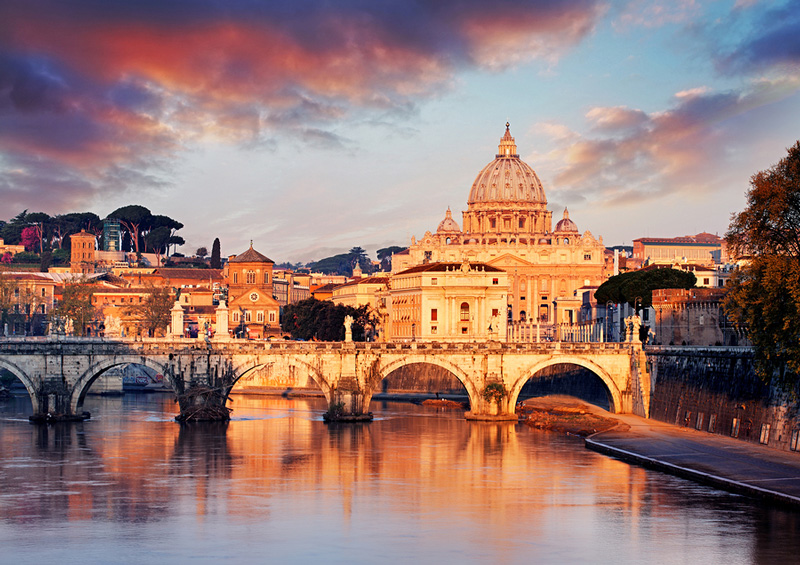
Pope Francis’ Prefect for the Congregation of Divine Worship recently caused a stir when giving a conference asking priests to consider facing in the same direction as the assembly while offering some prayers at Mass.
The Congregation, which Cardinal Robert Sarah guides, is responsible for regulating the celebration of the liturgy in the Roman Catholic Church, so statements made by any cardinal who holds his position carry import whenever they touch on matters relating to the celebration of the Mass and the sacraments.
Since Cardinal Sarah spoke in the context of having received a mandate from Pope Francis to study a possible enrichment in the celebration of the Mass — often called the “reform of the reform” — and since the cardinal said his recommendation could begin at Advent, some believed that the pope himself had ordered a change starting with the next liturgical year.
The Vatican clarified that no such universal changes were ordered since what the cardinal suggested is already permissible in the norms that govern the celebration of the Mass. The essence of Cardinal Sarah’s remarks had to do with the ad orientem, or “towards the east,” celebration of the Liturgy of the Eucharist.
The orientation of Christian architecture was traditionally a fundamental consideration. It may be argued that at least until late into the Counter Reformation, there was an awareness that either the priest alone, or both he and the assembled congregation together faced eastwardly in parts of the Mass.
To provide lighting prior to electricity, in early architecture a building’s façade faced east. This became true of churches as with St. Peter’s in Rome. Gradually, especially in the Galician lands of modern France, a preference for building churches with the apse, or opposite end of the façade toward the east developed and spread.
By the 19th and 20th centuries, the concept of a church, or assembly’s direction in prayer was lost to the consideration that either the priest faced the people, again as at St. Peter’s in Rome, or had his “back toward the people,” as with the Sistine Chapel’s original altar. More fundamentally, “the priest facing the people” was actually facing east while the congregation faced westward and “the priest with his back to the people” was facing eastward with the congregation.
In modern contexts, city grids made “orienting” a church’s façade, or apse difficult. As a result, the concept of “Liturgical East” grew whereby an assembled congregation faced with the priest toward a common direction as a sign of unified petition and expectation of the Lord’s coming.
A church’s layout was dictated by directional considerations more than by congregational visibility, or sensibility. The east had a sacred character for Christians as it still does for Jews and Muslims and this inspired Church floor plans perennially.
“Me” and “us” was secondary to God, but why the east was evocative of Him is an important Biblical, Semitic, and historical development that, if rediscovered, would be a powerful inner-faith statement of brothers and sisters worshiping one God.
